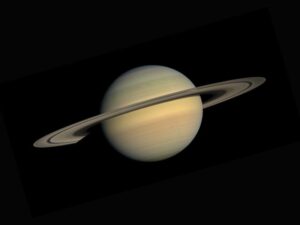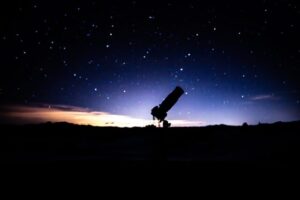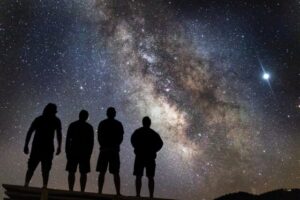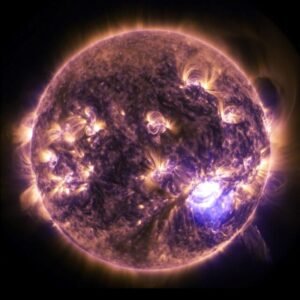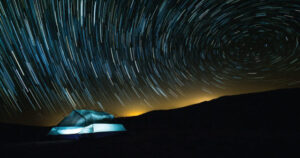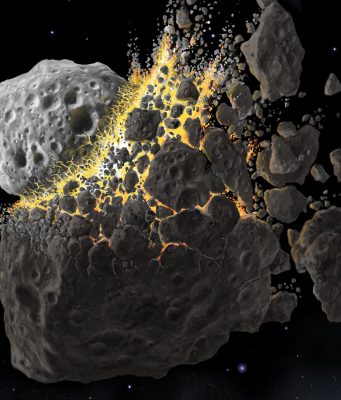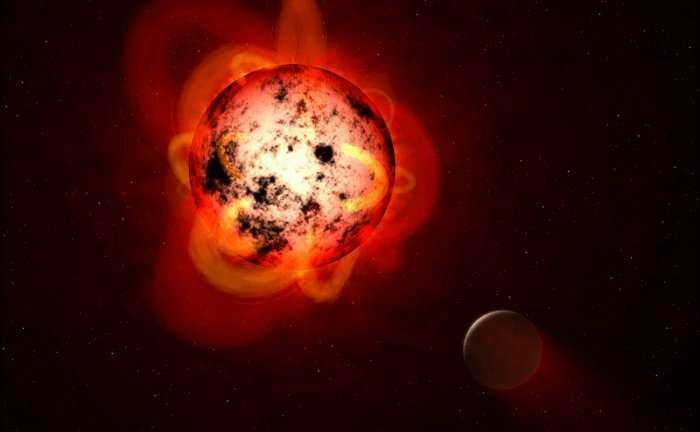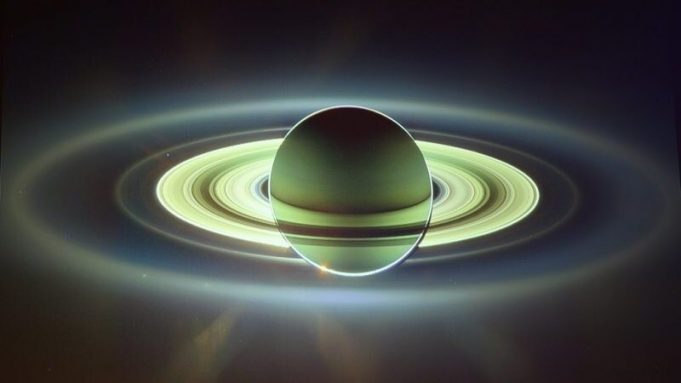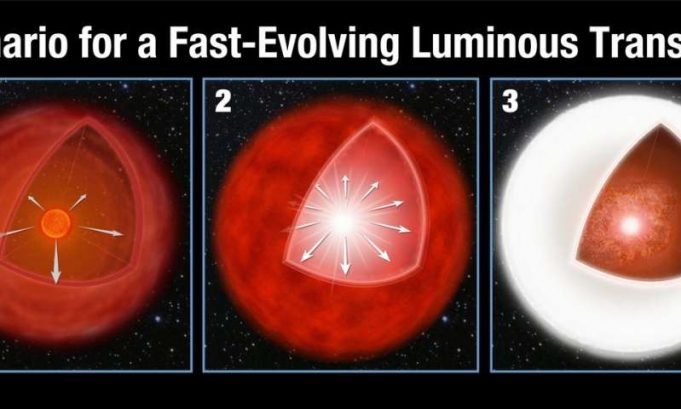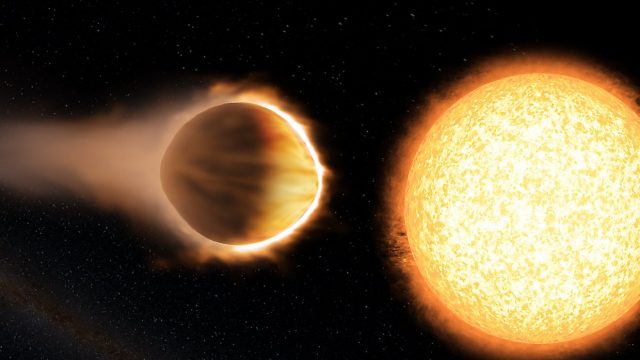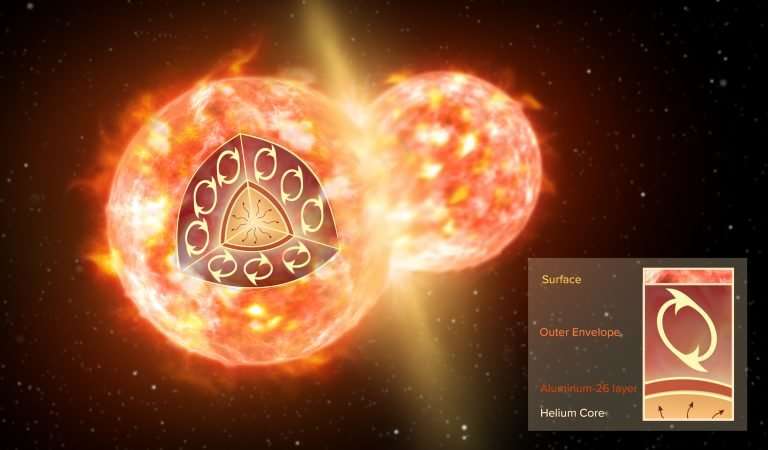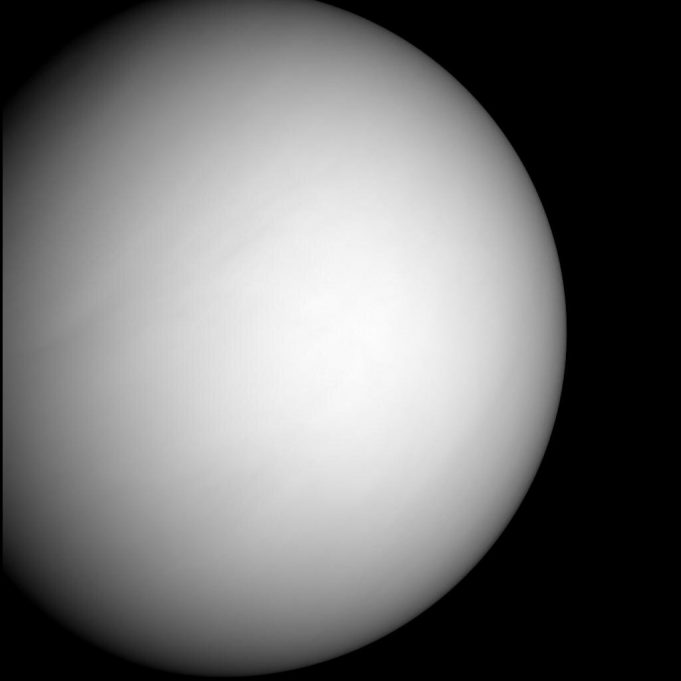This megamaser galaxy is named IRAS 16399-0937 and is located over 370 million light-years from Earth. This NASA/ESA Hubble Space Telescope image belies the galaxy's energetic nature, instead painting it as a beautiful and serene cosmic rosebud. The image...
Saturn may be doing a little electromagnetic shimmy and twist which has been throwing off attempts by scientists to determine how long it takes for the planet to rotate on its axis, according to a new study.
Discovering the length...
Flow, antiflow illustration.Credit: Image courtesy of The Hebrew University of Jerusalem
Discovery of the “Dipole Repeller” confirms that both attraction and repulsion are at play in our extragalactic neighborhood
Although we can't feel it, we're in constant motion: the earth spins...
The universe is full of mysterious exploding phenomena that go boom in the dark. One particular type of ephemeral event, called a Fast-Evolving Luminous Transient (FELT), has bewildered astronomers for a decade because of its very brief duration.
Now, NASA's...
Images of Neptune taken during twilight observing revealed an extremely large bright storm system near Neptune's equator (labeled 'cloud complex' in the upper figure), a region where astronomers have never seen a bright cloud. The center of the storm...
An atmosphere is what makes life on Earth's surface possible, regulating our climate and sheltering us from damaging cosmic rays. But although telescopes have counted a growing number of rocky planets, scientists had thought most of their atmospheres long...
When two Sun-like stars collide, the result can be a spectacular explosion and the formation of an entirely new star. One such event was seen from Earth in 1670. It appeared to observers as a bright, red "new star."...
Gravitational waves – the invisible ripples in the fabric of space predicted by Albert Einstein – are opening up a new era of astronomy that is allowing scientists to see parts of the universe once thought to be invisible,...
Ultraviolet processing of pre-cometary ices (left) reproduces the natural evolution of interstellar ices observed in molecular clouds (right, the 'Pillars of Creation'), leading to the formation of sugar molecules.Credit: Image at left © L. Le Sergeant d’Hendecourt (CNRS) Image...
Massive clusters of galaxies, some with more mass than a hundred Milky Way galaxies, have been detected from cosmic epochs as early as about three billion years after the big bang. Their ongoing star formation makes them bright enough...
Philosopher Nicholas Rescher once wrote, "Scientific discoveries are often made not on the basis of some well-contrived plan of investigation, but through some stroke of sheer luck."
For a team of researchers at the Johns Hopkins Applied Physics Laboratory (APL)...



